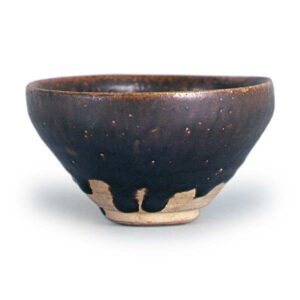
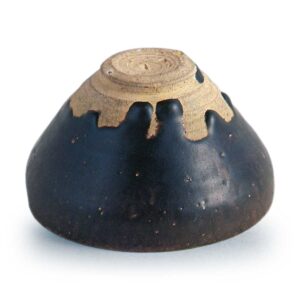
15th century
Height 6.8cm, mouth diameter 12.3cm, bottom diameter 4.4cm
This bowl is said to have been excavated from the Hinoki Kiln in Akazu, Japan. It is shaped with a straight waist and deep eyes that rise vertically in the oral cavity, and has a less conspicuous neckline. The clay is white and slightly rough, and the bottom has a carved base. The sides of the base are characterized by the steps formed by the shaving. The back of the bowl is a shiitake mushroom bowl. The glaze is of a highly developed Kosedo type, with a semi-bright, dark-brown tone that becomes more intense the lower down the glaze.
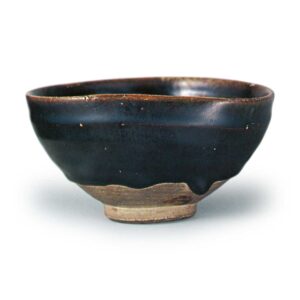
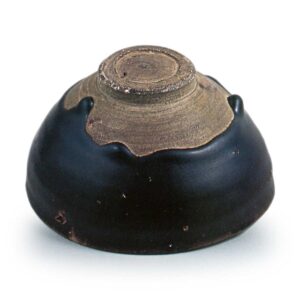
14th century
Height 6.6cm, mouth diameter 12.3cm, bottom diameter 4.4cm
Aichi Prefectural Ceramic Museum
This is a Tenmoku tea bowl with a slightly bulging waist, with a clear step 1.1cm below the mouth rim, retaining the characteristic of the neck of early Tenmoku tea bowls, which was made inwardly from the mouth rim. The bottom of the bowl is a high base that has been carved out as it was in the dew. This is one of the excellent early Tenmoku tea bowls of the late 14th century.
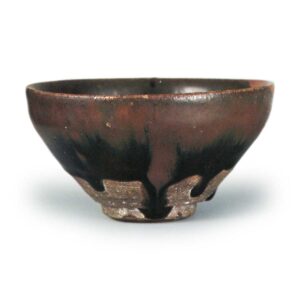
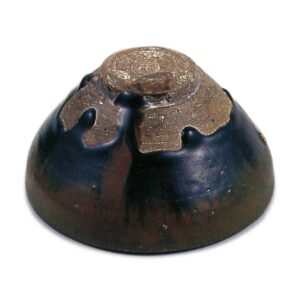
15th century
Height 6.6 cm, mouth diameter 12.1 cm, bottom diameter 3.6 cm
This is a straight-sided tenmokucha with a 1.6 cm neck from the mouth rim, and a machined base. It has a ridge on the side of the base and the back of the base is inside, so-called shiitake-taidai. The iron glaze is thick and rich, with a reddish brown tone on the upper half and a blackish brown tone on the lower half.
This is a typical example from the mid-15th century.
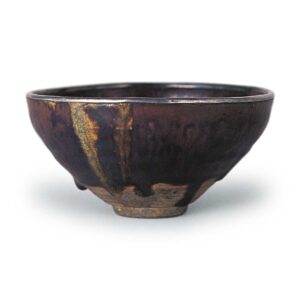
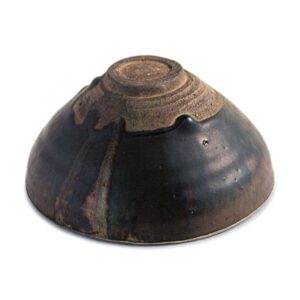
Excavated from Shosho Kiln, Higashiyamaji-cho, Seto City, Aichi Prefecture, Japan
15th century
Height 6.7cm, mouth diameter 13.3cm, bottom diameter 3.8cm
This is an old style tenmoku tea bowl with a slight bulge at the waist, and the remnants of an old style can be seen in the narrowing of the mouth rim. The bottom is carved out of the base, and the sides of the base are not yet clearly stepped. The bottom is still in guttation. The sleeve is generously covered with a blackish-brown Kosedo glaze, with some ash and a yellowish-green glaze running down the sleeve. This is accidental and typical of pieces from the early 15th century.



